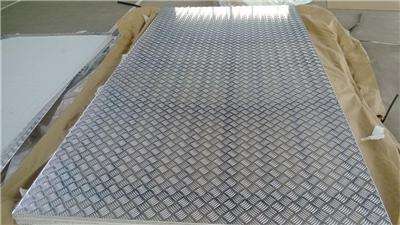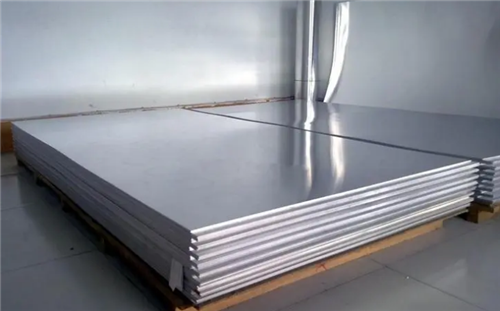Specifications of the aluminum plate:
There are aluminum coils, thermal insulation aluminum plates, patterned aluminum plates, pure aluminum plates, alloy aluminum plates, and curtain wall Kaiping aluminum plates.
1. Aluminum coil: 0.05 to 15 mm, width: 15 to 2000 mm.
2. Thermal insulation aluminum plate: 0.3 to 0.9 mm, width: 500 to 1000 mm, the length is not limited.
3. Patterned aluminum plate: 1 to 10 mm, width: 1000 to 1500 mm, length: 2000 to 3000 mm.

4. Pure aluminum plate: 1050, 1060, 1070, 1100, 1200, thickness: 0.1 to 20 mm, width: 800 to 2200 mm.
5. Alloy aluminum plate: 2a12, 3003, 5052, 5083, 6061, 6082, 8011. Thickness: 0.5 to 260 mm, width: 800 to 2800 mm.
6. Kaiping aluminum plate for curtain wall: 1060, 1100, thickness: 0.95, 1.35, 1.85, 2.35, 2.7, 2.85 mm, width: 0.8 to 1.5 meters.

Features of aluminum plate:
1. Light weight: Aluminum weighs about 1/3 that of iron, steel, copper or brass. Aluminum profiles are easier to handle and more expensive for some boats, as well as those that prioritize weight reduction in transportation and other applications. Attractive material. The application area of use involves moving parts.
2. Strong plasticity: For most applications, aluminum extrusion can be designed as needed, and due to the powerful characteristics of the extrusion process, the force can be concentrated where it is really needed, including different wall thicknesses and internal reinforcement in the design of pressure profiles . Particularly suitable for cold weather applications, the aluminum profile becomes stronger as the temperature drops.
3. High strength: The unique combination of high-strength, low-weight aluminum alloy profiles makes them key to applications where load capacity is critical in aerospace, truck trailers, and bridges.
4. High elasticity: Aluminum combines strength, flexibility, and can bend under shock loads or from the back of a spring, resulting in extruded elements for automotive accident management systems.
5. Corrosion resistance: Aluminum alloy profiles provide excellent corrosion resistance. They do not rust, and the aluminum surface is protected by its own natural oxide, a protective device that can be enhanced by anodizing or other finishing processes.
Summary of the article: Well, the above is the relevant knowledge of the specifications of the aluminum plate and is introduced here. For those who need to know more information, click here to contact us(https://www.lomialuminium.com/contact-us/)
